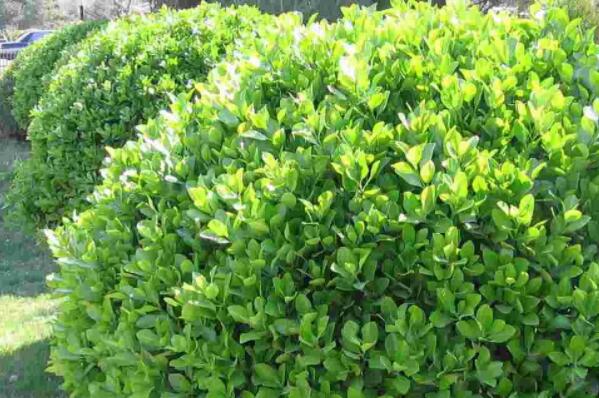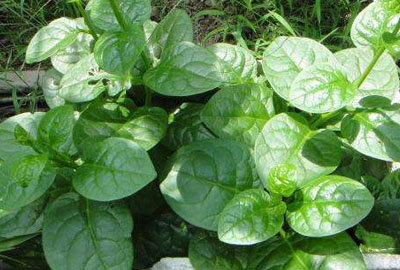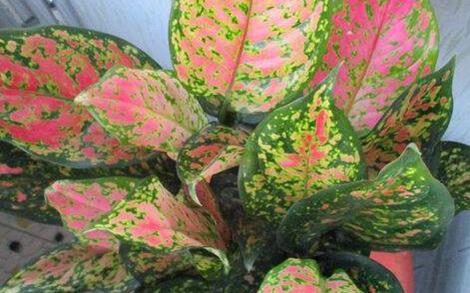What does evergreen tree holly look like? How much is the seedling price per plant? What kinds do you have? How to plant it?
Holly, evergreen tree, is a kind of flowering plants, seeds and bark can be used for medicine; leaves have heat-clearing and detoxifying effect; bark can extract tannin extract; wood is hard and can be used as fine material. So what does holly look like? How much is the seedling price per plant? What kinds do you have? How to plant it? According to the data, the height of holly is about 2 to 25 meters, divided into trees and shrubs. Bark gray or grayish, with longitudinal grooves, branchlets light green, glabrous. The leaves are thinly leathery, narrowly elliptic or lanceolate, apex acuminate, base cuneate, margin shallowly circular serrated, reddish brown and shiny after drying. Petals purplish red or lavender, curled outward. The fruit is oval or subglobose and crimson when ripe.

How much is the price of holly seedlings?
Seedling name height (cm) price big leaf Euonymus tomentosa seedlings 10150.10.12 big leaf Euonymus 35500.550.8 big leaf Euonymus 45650.650.8 big leaf Euonymus 55700.7 0.0.9
What kinds of holly do you have?
1. Big-leaf holly: it belongs to the family Holly, whose leaves are larger and thicker than those of Ligustrum lucidum. It has been seen in Nanjing Zhongshan Botanical Garden before. Evergreen trees of the genus Holly of the family Holly. The trunk is straight, the branches and leaves are luxuriant, the tree shape is beautiful, like Magnolia magnolia. The colors of leaves, flowers and fruits are rich.
2. Ligustrum lucidum: a tree species commonly used in landscaping. Oleaceae, privet. Large evergreen shrubs or trees.
3. Lobular privet: generally pruned into ball shape, it is also a good material for making bonsai, and it is a common rootstock for grafting sweet-scented osmanthus.
4. Tortoise shell holly: Zhejiang is the producing area. It looks like a plant with thorns.
5. Red fruit holly: it bears red fruit, the crown is tall, evergreen all the year round, and there are many red fruits in autumn and winter. Also known as firethorn, flame tree, red fruit, auspicious fruit and so on. Evergreen shrub with spiny branches. Single leaves grow with each other, spring flowers and autumn fruit. Flowers as white as snow, generally in full bloom in early May, fruit red clusters, autumn maturity, long-lasting. It looks like a flame from a distance. Winter is not fun under the snow cover. The next spring, the fruit blossoms as soon as it lags behind. The ornamental value is very high.
6. French holly: its origin is in France and is generally used as a hedge. Its leaves are thick, bright and tufted.
How to grow holly?
The main results are as follows: 1. Holly seedlings are generally propagated by cuttings: it is appropriate to take holly tender wood cuttings in the rainy season, cuttings are long 6~8cm, cut off the lower leaves, leaving only Lind2 leaves and short cut, cutting depth 1 canopy 2, need to use sand as the substrate, shade in a shed after planting, often spray water, keep moist, and take root after about 1 month. The lower leaflet can be cut off from the middle and upper part of the crown first, and the long and vigorous lateral branches of 5~10cm can be cut off, while the upper leaves are all retained. Then it was treated with rooting powder and cut down in the seedbed. The nursery bed should be selected in the place of ventilation and shade, and it can also be shaded and cuttage, and the survival rate is very high.
2. Watering and fertilizing
The seedlings planted in that year can grow naturally after being watered once, depending on the soil moisture once every 15 days, combined with ploughing and weeding, topdressing 1-2 times a year in spring and autumn, and generally applying dilute liquid fertilizer dominated by nitrogen.
Time: 2019-04-09 Click:
- Prev

What is the fungus dish of Chrysanthemum Panax notoginseng? When will it be ready? When will it be harvested? How do you plant it?
Auricularia auricula, also known as bean curd, purple horn leaf, etc., is a common vegetable in China. Because of its high nutritional value and crisp taste, many people like to use it for cold dressing, stir-frying or hot food.
- Next

What if the leaves of the queen who bought it home turn yellow? What are the breeding methods and matters needing attention?
Ruyi Queen, also known as Ruyi evergreen, colorful leaf thick rib grass, colorful leaf bright silk grass, is a kind of herb. The plant height is 30ml 40cm, the stem is erect and unbranched, the Internode is obvious, the leaf color is beautiful, and it is especially shade-resistant. So, what about the yellowing leaves of the Ruyi queen who bought it home? What are the breeding methods and matters needing attention
Related
- Fuxing push coffee new agricultural production and marketing class: lack of small-scale processing plants
- Jujube rice field leisure farm deep ploughing Yilan for five years to create a space for organic food and play
- Nongyu Farm-A trial of organic papaya for brave women with advanced technology
- Four points for attention in the prevention and control of diseases and insect pests of edible fungi
- How to add nutrient solution to Edible Fungi
- Is there any good way to control edible fungus mites?
- Open Inoculation Technology of Edible Fungi
- Is there any clever way to use fertilizer for edible fungus in winter?
- What agents are used to kill the pathogens of edible fungi in the mushroom shed?
- Rapid drying of Edible Fungi

